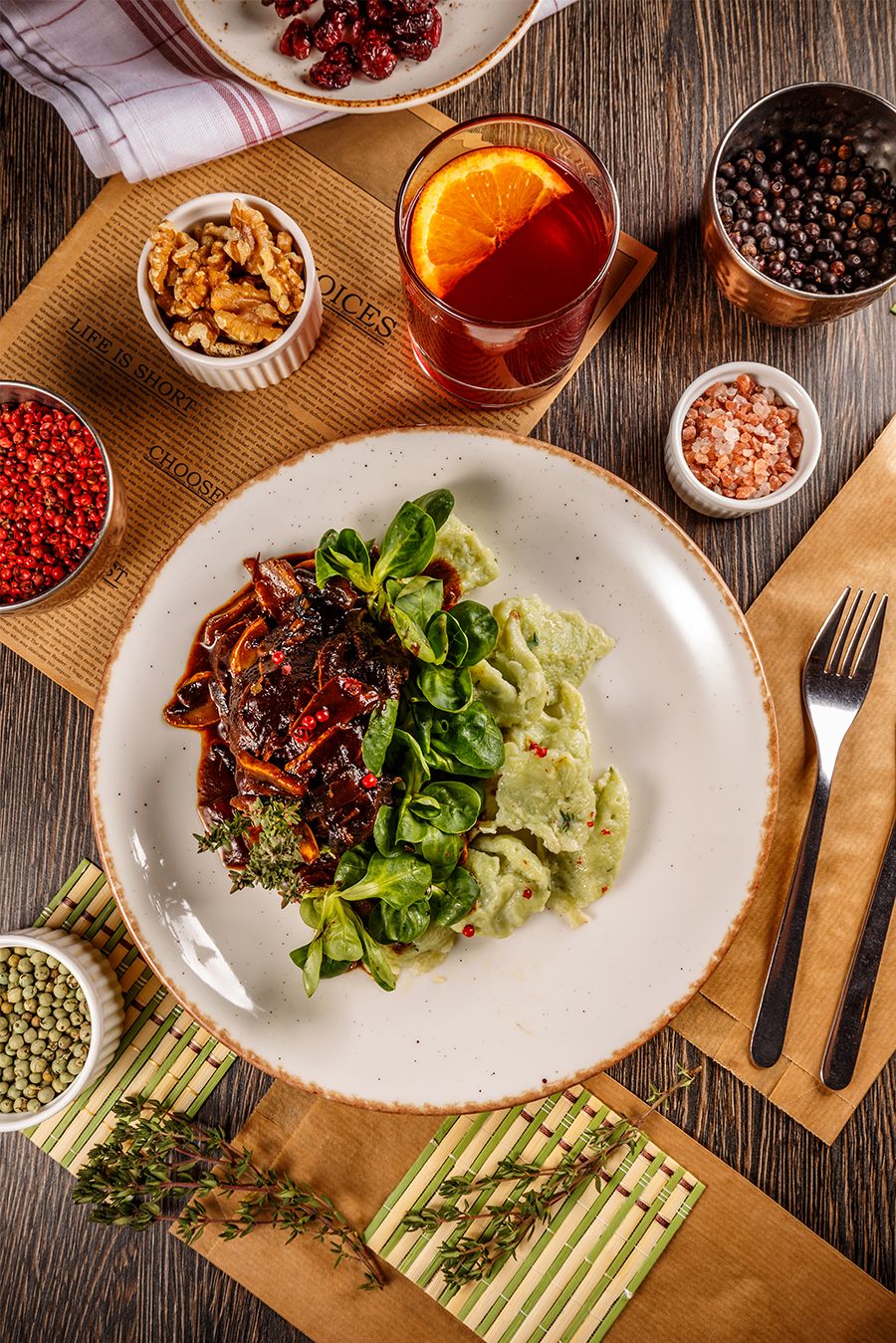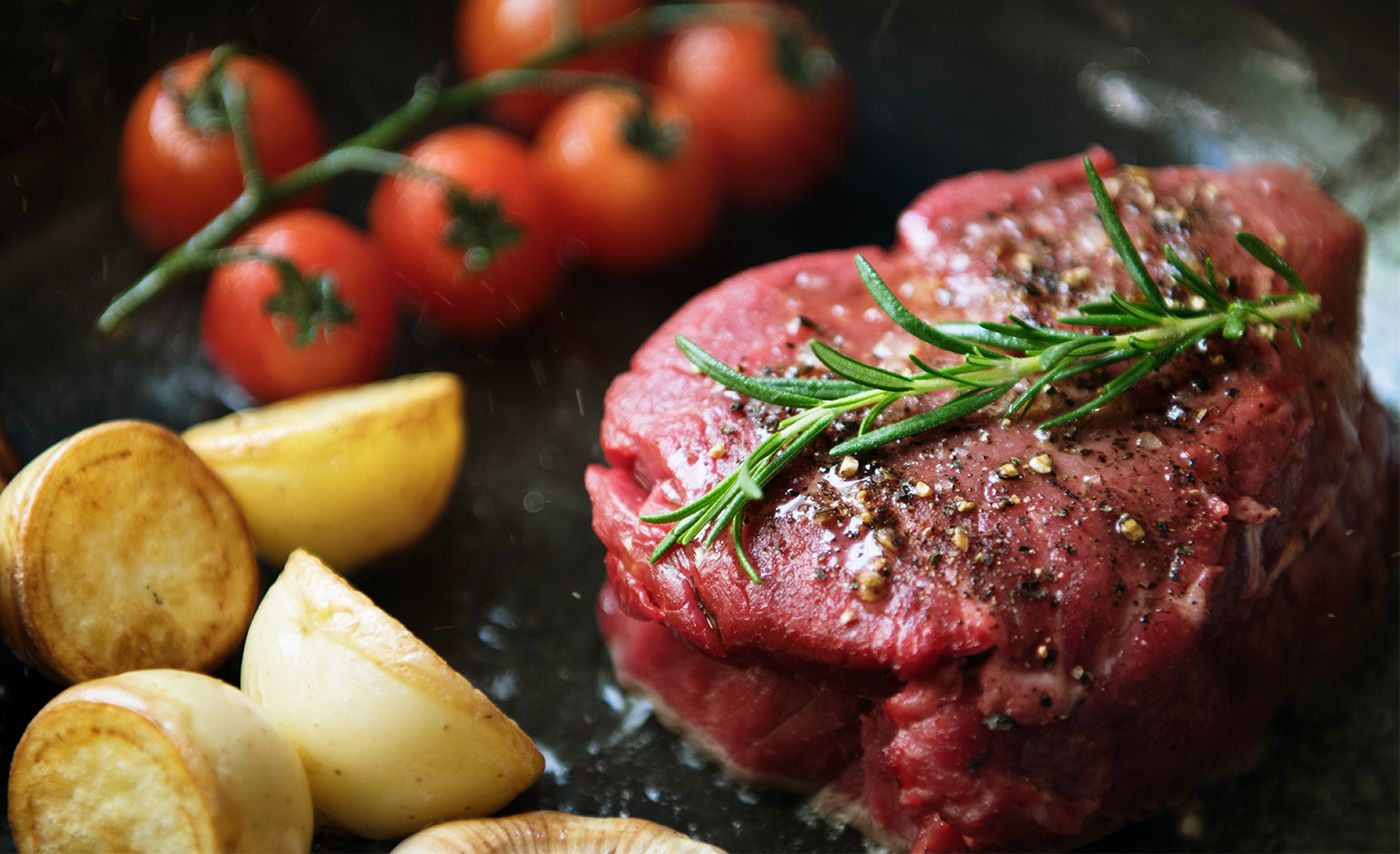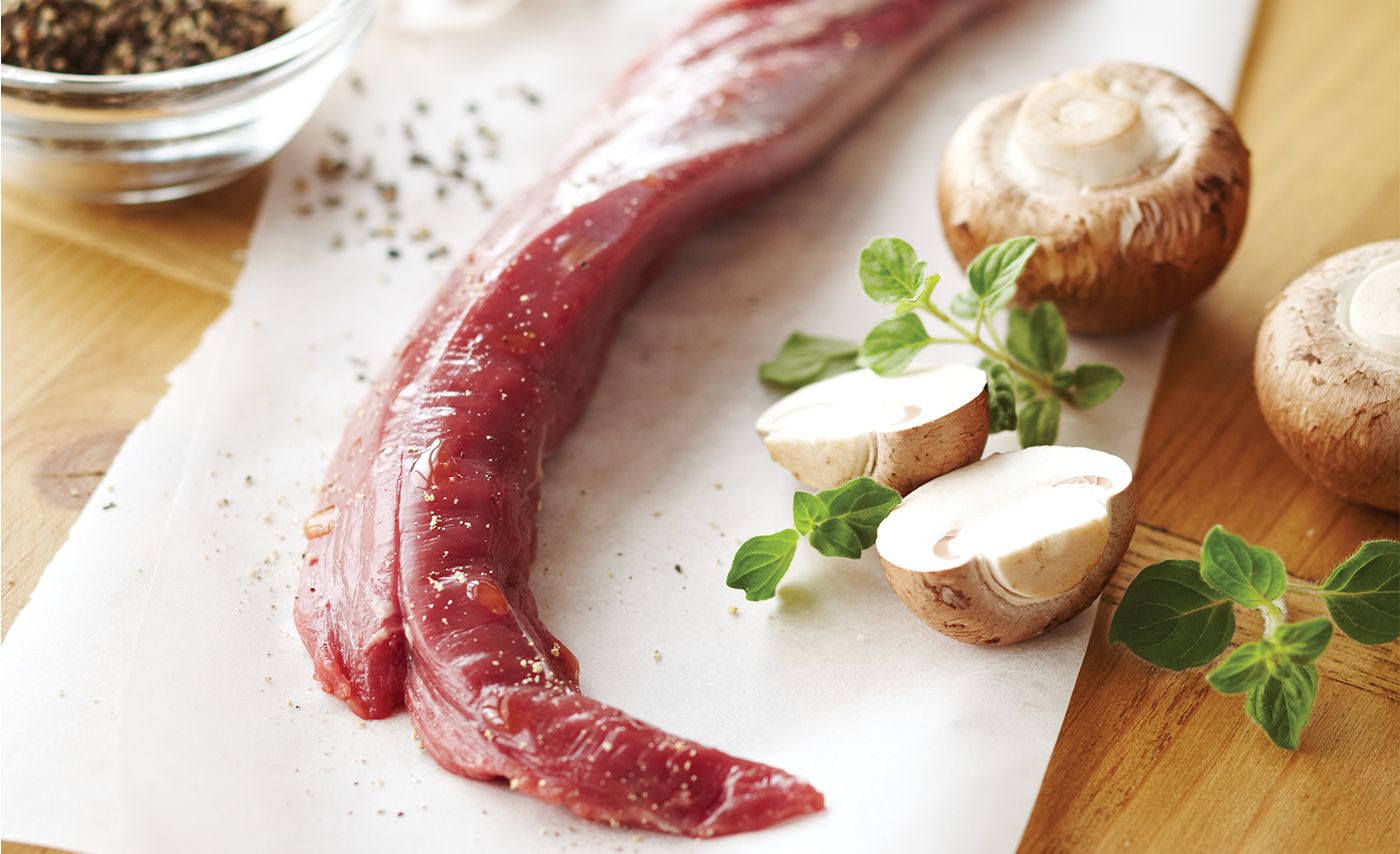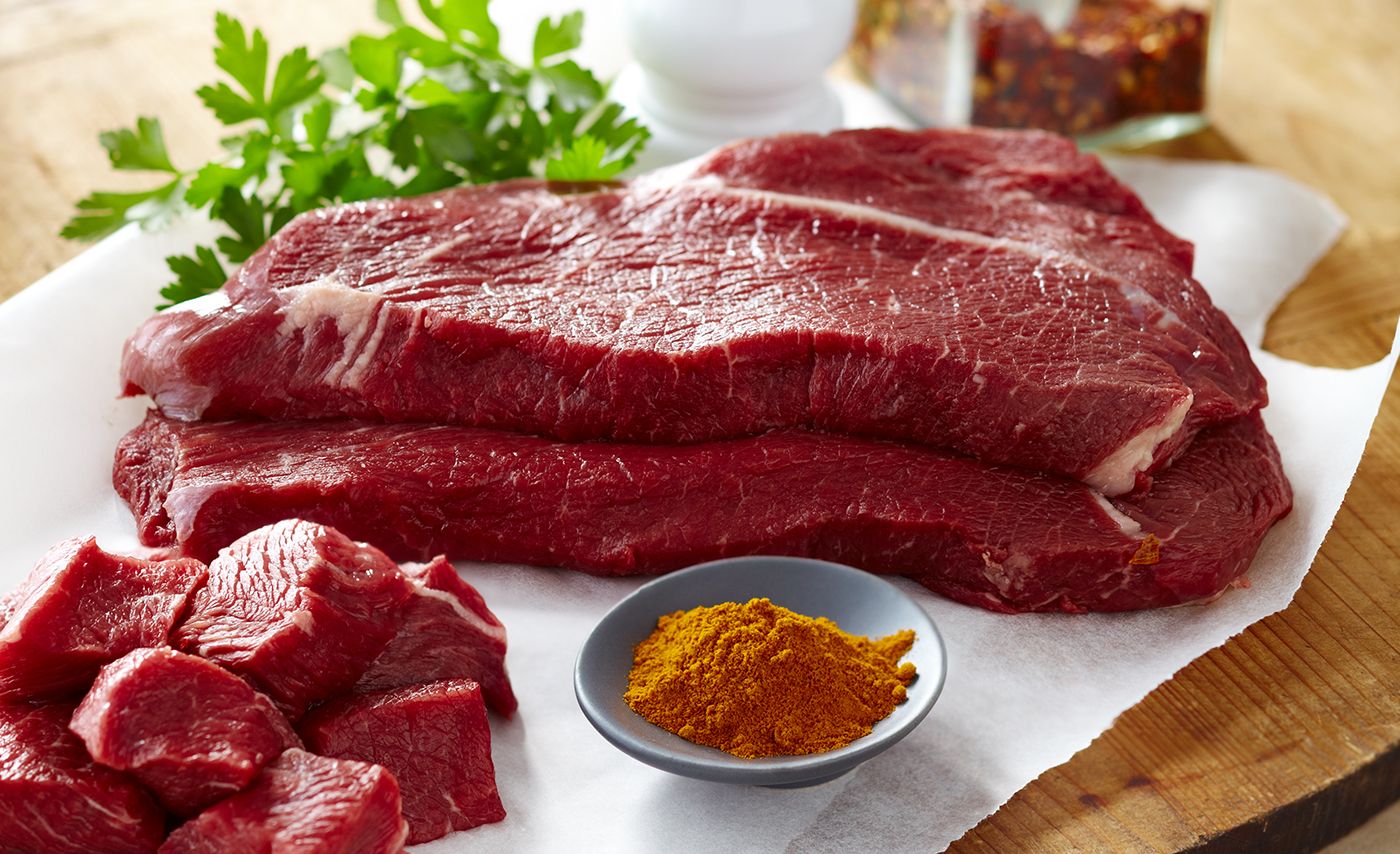Learn
| Tips & Tricks | Expert Tips and Advice for Cooking Red Meat
Expert Tips and Advice for Cooking Red Meat
Even if you're an experienced home chef, cooking red meat can sometimes be a little intimidating. With various cuts, temperatures, and cooking techniques like grilling, roasting, and braising, it might feel like there's a lot to master. Here's some simple advice to help you perfect your red meat cooking skills, from steak cooking techniques to marinating.

Aims of Cooking Meat
- Develop and improve flavour, colour, and aroma
- Make it delicious and appetising to eat
- Tenderise the meat
- Facilitate digestion
- Ensure food safety by killing harmful bacteria
How Red Meat Changes During Cooking
Muscle proteins shrink, and moisture is lost, affecting the meat's juiciness and weight. Overcooking can result in dry, tough meat.
Colour changes from red to light pink to brown/grey, depending on the degree of doneness.
Connective tissue softens in slow cooking red meat, with some of it turning into gelatine.
Fat melts and browns, developing flavour.
Searing or browning the outer surface of the meat enhances its taste through caramelisation.
Dry and Moist Methods of Cooking Red Meat
There are two basic types of meat cookery:
Dry heat methods (e.g. grilling red meat, roasting red meat)
Moist heat methods (e.g. braising red meat, slow cooking red meat)
Factors Affecting the Choice of Cooking Method:
- The natural tenderness of the meat cut
- The amount and type of connective tissue
- The leanness of the meat
- Size and thickness of the cut

Debunking the Searing Myth:
Searing meat does not seal in the juices, but it does improve appearance and flavour. Keep in mind that overcooked lean meat will be dry, so it's essential to cook it correctly to retain its succulence.
Tenderising Red Meat:
Choosing a tender cut from a reliable source, i.e. Quality Mark meat, ensures that your meat is lean, tender, and safe to eat. However, you can also make less tender cuts more tender using the following methods:
Marinading:
Use marinades containing mild acids like lemon juice, wine, or vinegar, or enzymes from fruits like kiwifruit, pineapple, or papaya to break down muscle tissue. This works best on thin cuts of meat.
Tenderising:
Mince, chop, or grind the meat, or use a meat mallet or needling machine to break up connective and muscle tissue. This method is suitable for individual steaks or schnitzels, not whole joints.
By incorporating these tips into your red meat preparation and cooking process, you can create delicious, tender, and safe beef and lamb dishes for you and your family to enjoy.
Posted by Shawn Moodie








